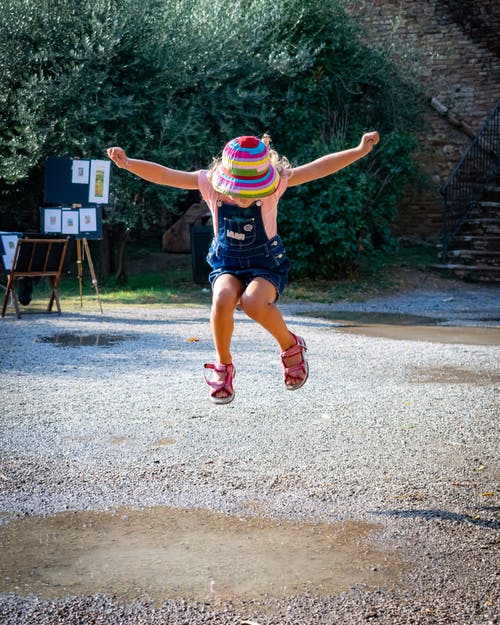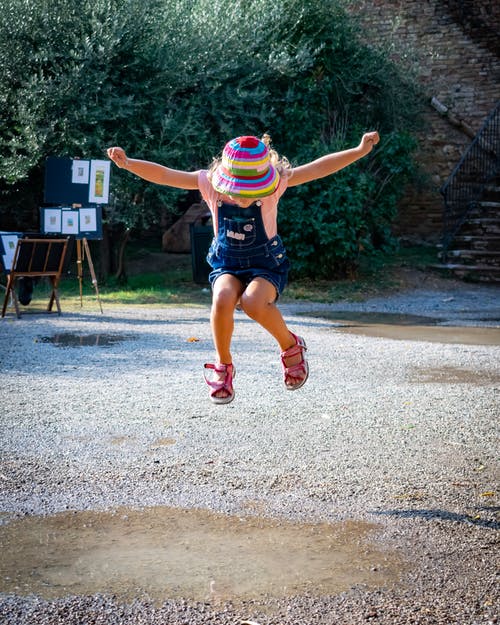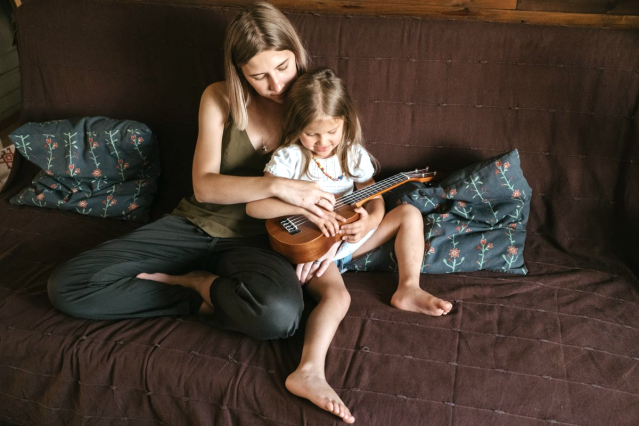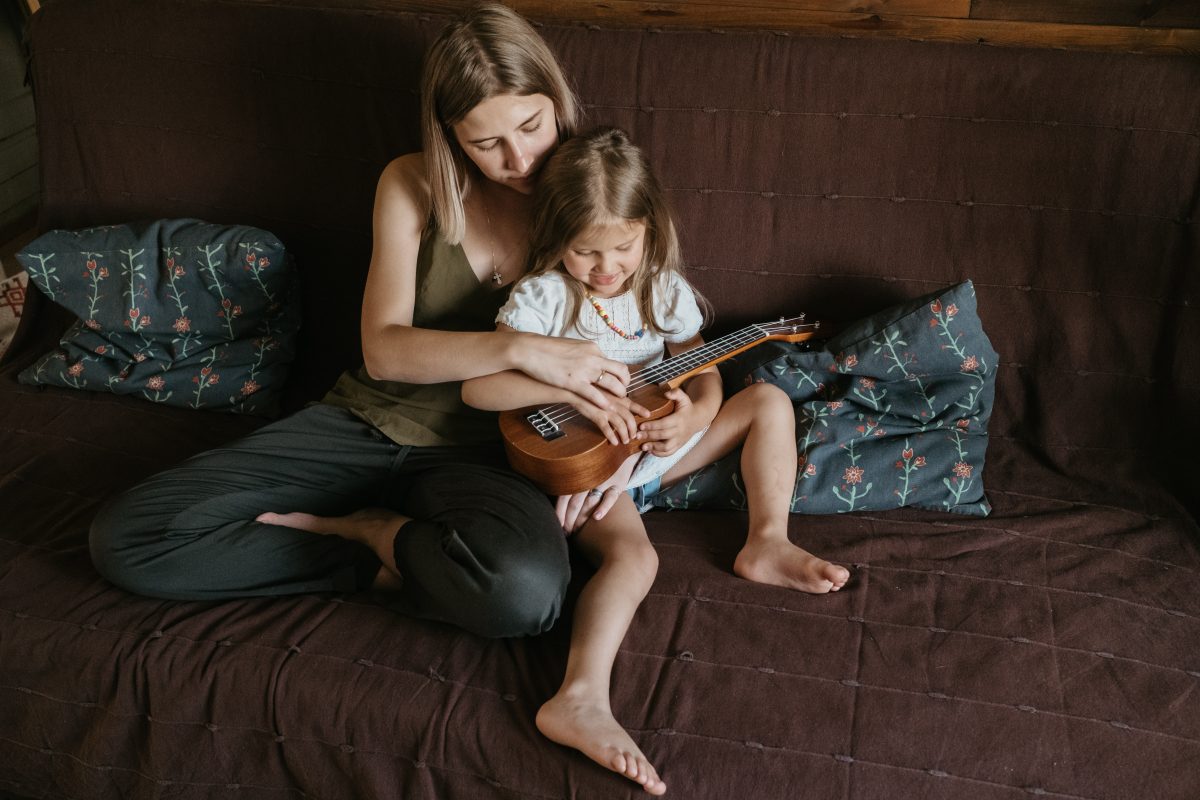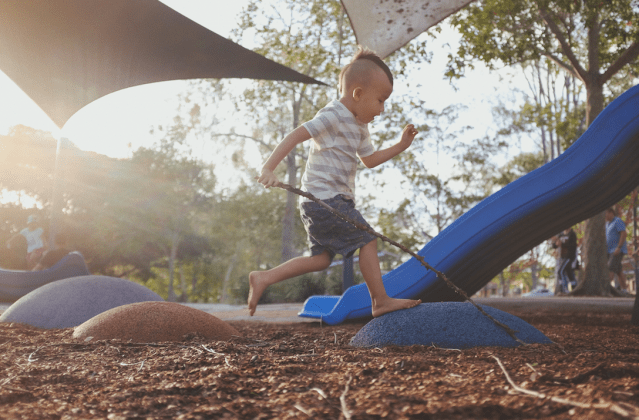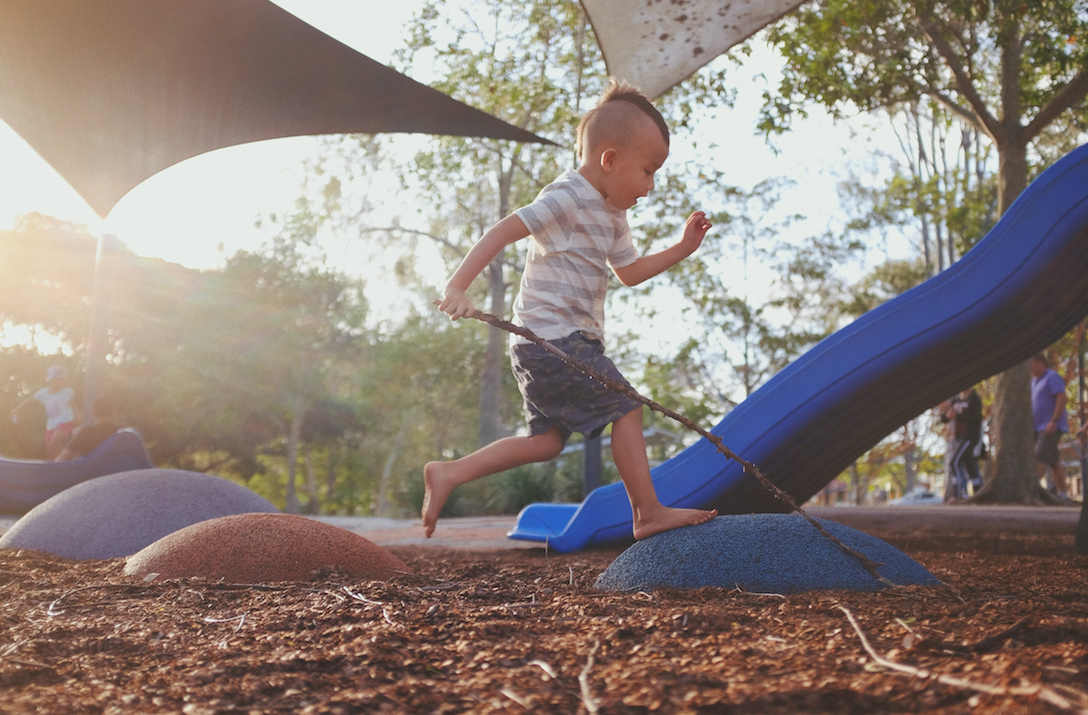
The best piece of advice I’ve received from a friend was to be gracious. To try to find balance and grace in any way that you can. I aim to live by this phrase every day and tackle things one step at a time. But there’s no way we could have predicted how quickly life would change this year.
In 2019, I was blissfully working my job from home in Sports & Active Lifestyle Marketing for a globally distributed company halfway around the world. With the help of an amazing full-time nanny, I was caring for my two children, my thirteen-year-old son Noah, and my eight-year-old daughter, Amelia. My husband works as a contractor and we had fallen into a pretty good daily groove, and we adored our nanny, Christina.
Our incredibly brave and wonderful daughter, Amelia, has special needs. She was just three-weeks-old when she stopped breathing and suffered a massive seizure that led to acute ischemic stroke. We found out that she has a complex vein of Galen malformation, quadriplegic cerebral palsy, acute complex brain injury, and ischemic stroke and a high level of care is needed in case of seizures. No one knew Amelia’s expected life span, but we did know that she’d be lucky to make it past her first birthday. Now she’s eight. Amelia is non-verbal, on a Ketogenic diet fed through a G-tube to help treat her epilepsy, has to take medications at certain times, and relies heavily on a schedule.
So we had our routine and then, just like that, 2020 reared its ugly head and everything changed for everyone. Not only is Amelia medically fragile, I have Hashimoto’s disease, which is an auto-immune disorder, putting me at a higher risk as well. For our family’s safety, we made the difficult choice to pause working with our nanny Christina. I knew that we were in for a challenge and managing everything was going to take a lot of juggling and balance. This is simply a new challenge that life has presented. Be gracious and find balance. You can do this.
I’d like to claim that the balance was perfect from the start, but that would be a lie. The first day was a hot mess! I’m not ashamed to admit that. While I’m trying to work, my son struggled with Zoom, there were loads of laundry, Amelia’s feeding tube went everywhere, and on top of that, there was a diaper blowout in the middle of my workday. If you could envision the worst possible day, this was it. My amazing son is a tremendous help, and through a bit of teamwork, we managed to get everything done that day. Back when Amelia had her first stroke, I decided that we can’t just cry in the corner, we have to simply figure each day as it comes. That’s what we are doing now. Here are a few things that are getting me through and conserving my sanity:
Be as patient as you can be. Take deep breaths. Being patient can be really tough because none of us are in control. When I feel myself starting to lose patience, I remind myself to be grateful for all the blessings in my life, which include my kids, my husband, and my job. Yes, those things that can cause me the most stress are also what I am most thankful for. Keeping gratitude in your heart and mind will help get through these challenging moments.
Don’t be afraid to take a break. I’ve been reserving time that allows me to focus on myself and using that time to do something that makes me feel grounded. For me, it’s exercising, meditating, music, baking, or a mindfulness class online. I can’t stress enough how important it is to take care of yourself. It helps me stay motivated, focused, and ultimately maintain my goals personally and professionally. It’s okay to decline a call, push back, or take a day off if you need to. This is about survival and self-preservation is the new normal. It’s a learning process and it takes practice.
Be honest with yourself and practice cautious optimism. We made the choice not to have our nanny come back to work, and that’s been tough and scary. But I’m used to scary—my daughter has been on a ventilator seven times. I also wasn’t planning on having to teach an eighth-grader who should be graduating. All I can do is go with it and release my expectations. I’m not going into this thinking that everything will run smoothly because it hasn’t thus far. I remain cautiously optimistic about the situation and I put faith in the amazing people around me—my husband, my son, my daughter, and my work team.
Spend time together as a family when you can. Quality time together is important now more than ever. And yes, I often need to force myself away from my computer even if everything isn’t entirely done for the day. We are baking, cooking, and working out together. We’re finding the fun in puzzles, movies, and board games. I cherish the moments when my attention isn’t split between five different things. My husband and I also stay connected as much as possible. So our relationship doesn’t feel stagnant, we are staying up later, getting up earlier, and talking more. My quality family time gives me life and energy.
Most importantly, remember that we can’t control what’s going on in the world around us. Give yourselves time to get into a schedule that works for you and your family. This is not a time to worry about keeping up with the Joneses at work or in life. My goal is to simply be in control of writing this chapter for myself, and that may mean working hard at my job, being there for my kids, but also expanding my mind and my abilities. Just slow down, take a few deep breaths and find the grace and balance that works for you.







